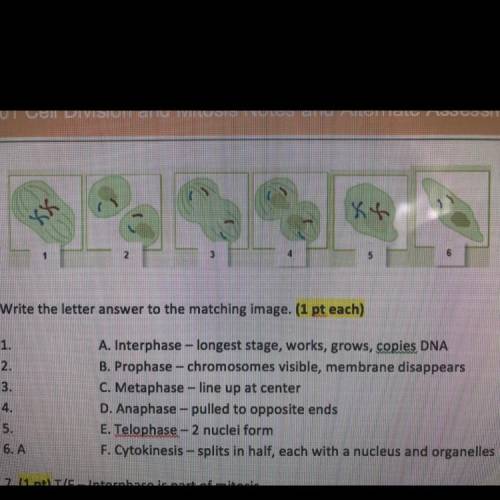the right is separation by density .
take the blood which is a good example of a heterogeneous mixture.
blood is a vital liquid in our body, which transports oxygen from the air to our lungs so we can breathe. it is also used to eject wastes, such as carbon dioxide, to bring cells and molecules of the immune system to the tissues, and to spread hormones throughout the body. it corresponds to plasma, red blood cells, white blood cells, platelets and hemoglobins combined.
in medical tests centrifugal force is used to separate the different components of the blood.
in general, the centrifugation will allow to separate and analyze the different components of the blood, to know if the rate of white blood cells in the blood of a patient, for example, is normal, and therefore to know if his system immune is integrity.
under the action of centrifugal force, the solid components in the blood are drawn to the bottom of the tube in which the blood is contained. the centrifugal force then acts as an accelerated settling. it separates plasma from red blood cells and white blood cells.


























